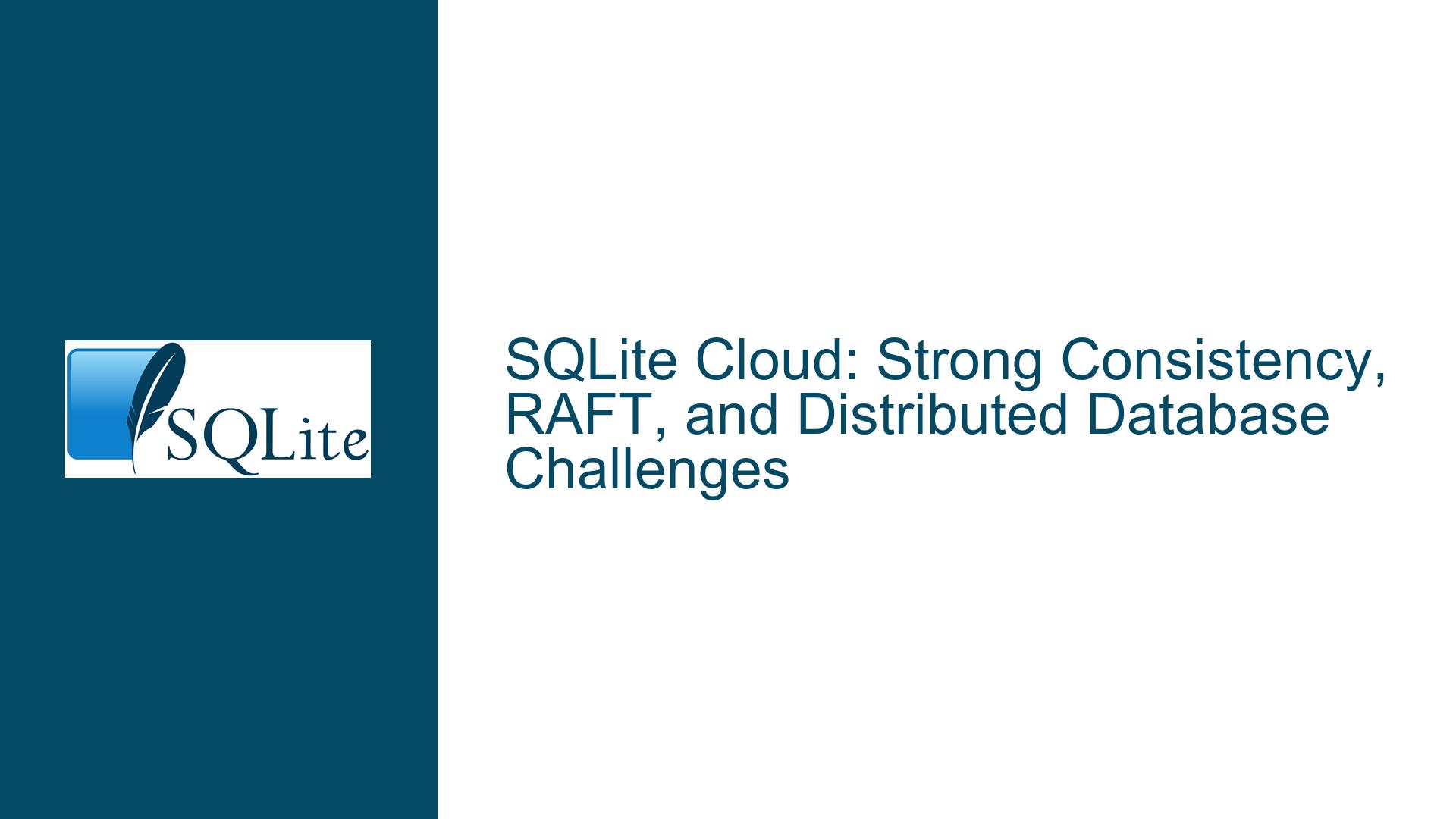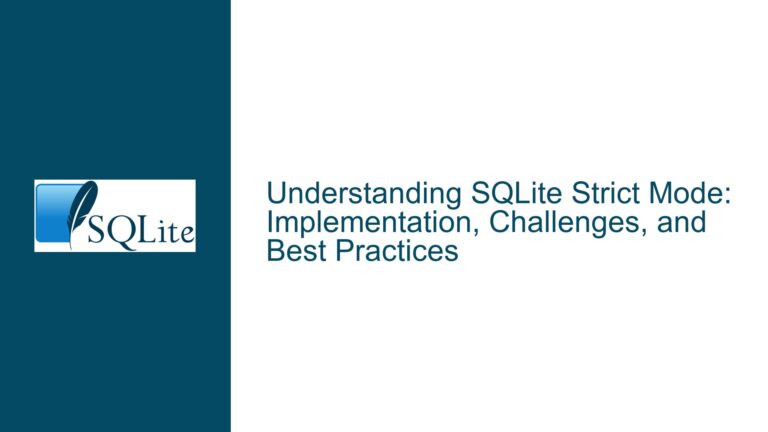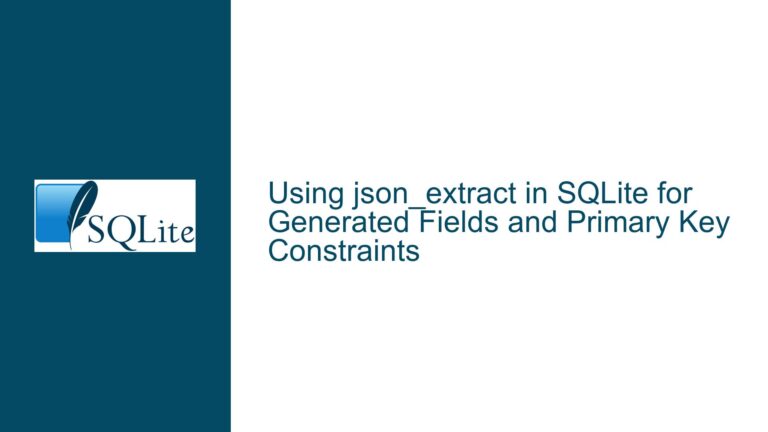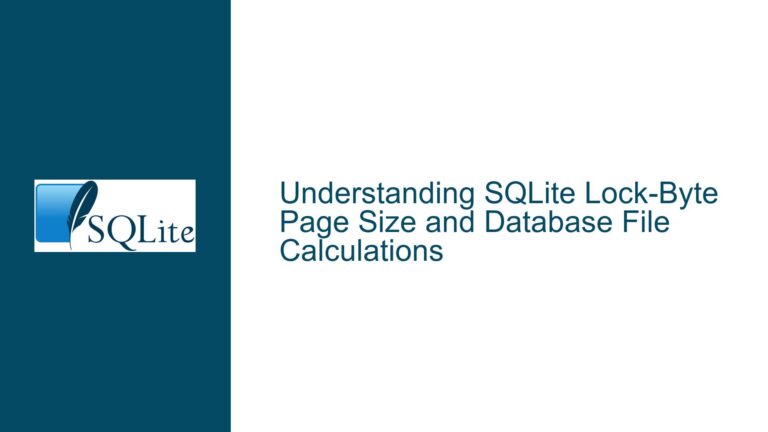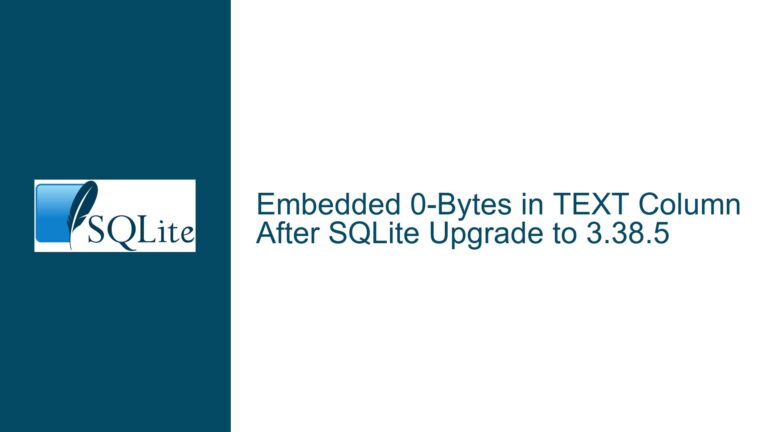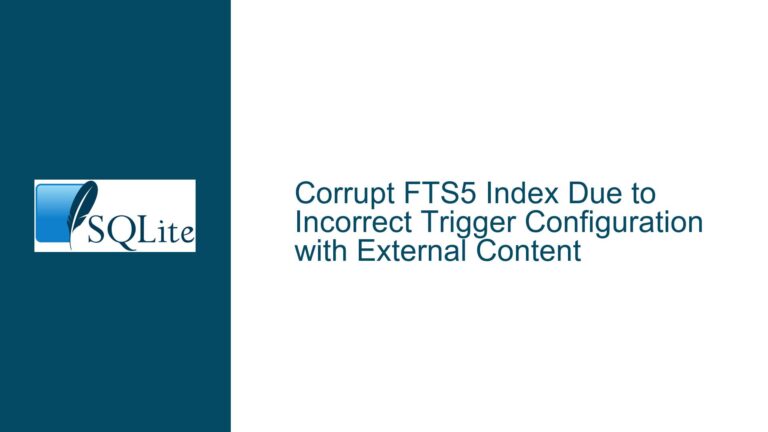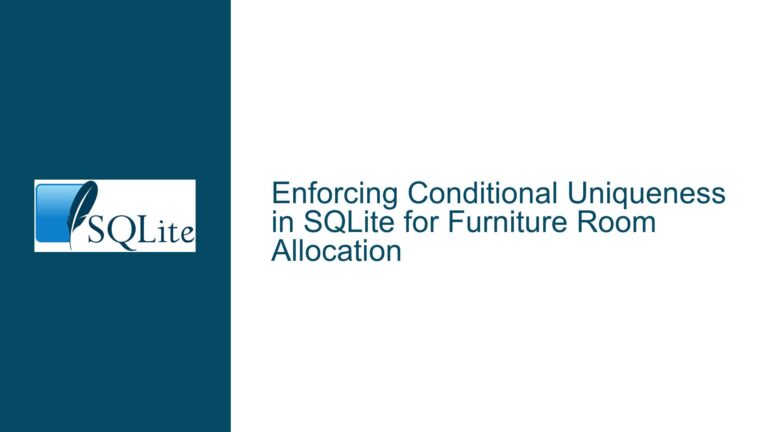SQLite Cloud: Strong Consistency, RAFT, and Distributed Database Challenges
Understanding SQLite Cloud’s Strong Consistency Model and RAFT Integration
SQLite Cloud represents a significant evolution in the world of lightweight databases, offering a cloud-based solution that leverages SQLite’s simplicity while addressing the challenges of distributed systems. At its core, SQLite Cloud promises strong consistency across all nodes in its cluster, a feat achieved through the integration of the RAFT consensus algorithm. This section delves into the technical underpinnings of this approach, explaining how SQLite Cloud ensures data integrity and consistency in a distributed environment.
SQLite, by design, is a serverless, self-contained database engine that operates on a single file. This simplicity makes it highly efficient for local storage but poses challenges when scaling to distributed systems. SQLite Cloud addresses these challenges by introducing a distributed layer that ensures all nodes in the cluster maintain a consistent view of the database. This is achieved through the RAFT algorithm, a distributed consensus protocol that guarantees strong consistency by ensuring that all changes to the database are replicated across nodes in a predictable and orderly manner.
The RAFT algorithm works by electing a leader node responsible for coordinating all write operations. When a client submits a write request, the leader node replicates the change to a majority of nodes in the cluster before committing it to the local database. This process ensures that all nodes agree on the state of the database, even in the presence of network partitions or node failures. SQLite Cloud’s implementation of RAFT ensures that the system remains available and consistent, making it suitable for applications that require high reliability and data integrity.
However, achieving strong consistency in a distributed system is not without its challenges. One of the primary concerns is the performance overhead introduced by the consensus protocol. Each write operation must be replicated across multiple nodes, which can increase latency and reduce throughput. SQLite Cloud mitigates this by optimizing the RAFT implementation and leveraging the lightweight nature of SQLite to minimize the impact on performance. Additionally, the system provides configuration options that allow users to balance consistency, availability, and performance based on their specific requirements.
Another critical aspect of SQLite Cloud’s consistency model is its handling of network partitions. In a distributed system, network partitions can lead to split-brain scenarios, where different parts of the cluster operate independently, leading to inconsistent states. SQLite Cloud addresses this by ensuring that only the partition containing a majority of nodes can continue processing write operations. This approach, known as the "majority quorum," ensures that the system remains consistent even during network partitions, at the cost of reduced availability for the minority partition.
In summary, SQLite Cloud’s strong consistency model, powered by the RAFT algorithm, represents a significant advancement in the realm of distributed databases. By combining SQLite’s simplicity with the robustness of RAFT, SQLite Cloud offers a scalable and reliable solution for applications that require consistent and durable data storage. However, users must be aware of the trade-offs involved, particularly in terms of performance and availability, and configure the system accordingly to meet their needs.
Potential Challenges and Misconceptions in Distributed SQLite Implementations
While SQLite Cloud’s integration of RAFT and its strong consistency model are impressive, there are several potential challenges and misconceptions that users should be aware of. These include the nuances of distributed consensus, the limitations of SQLite in a distributed context, and the implications of eventual consistency in certain scenarios.
One common misconception is that distributed consensus algorithms like RAFT are inherently slow or impractical for high-throughput systems. While it is true that consensus protocols introduce additional latency due to the need for replication and coordination, modern implementations like SQLite Cloud have optimized these processes to minimize overhead. However, users must still consider the trade-offs between consistency and performance. For example, in scenarios where low latency is critical, such as real-time analytics or high-frequency trading, the additional overhead of RAFT may be unacceptable. In such cases, users may need to explore alternative consistency models or database systems that prioritize performance over strong consistency.
Another challenge is the inherent limitations of SQLite in a distributed environment. SQLite was designed as a single-node, file-based database, and its architecture does not natively support distributed operations. While SQLite Cloud addresses this by adding a distributed layer, users must be cautious about pushing SQLite beyond its intended use cases. For instance, SQLite’s locking mechanism, which relies on file-level locks, can become a bottleneck in a distributed system where multiple nodes attempt to access the same database simultaneously. SQLite Cloud mitigates this by implementing a distributed locking mechanism, but users should still be aware of the potential for contention and plan their database schema and access patterns accordingly.
The concept of eventual consistency, often contrasted with strong consistency, is another area of potential confusion. Eventual consistency, as seen in systems like Apache Cassandra or Amazon DynamoDB, allows for temporary inconsistencies between nodes, with the expectation that all nodes will eventually converge to the same state. This model is often criticized for being "usually inconsistent," as noted by Keith Medcalf in the discussion. However, eventual consistency can be beneficial in scenarios where availability and partition tolerance are more critical than immediate consistency. For example, in a globally distributed application, enforcing strong consistency across all nodes could result in unacceptable latency or downtime during network partitions. SQLite Cloud’s strong consistency model may not be suitable for such use cases, and users should carefully evaluate their requirements before adopting the platform.
Finally, there is the issue of data migration and compatibility. Migrating an existing SQLite database to SQLite Cloud requires careful planning to ensure data integrity and consistency. Users must consider factors such as schema design, indexing, and transaction handling, which may behave differently in a distributed environment. Additionally, while SQLite Cloud aims to provide a seamless transition from local SQLite databases, there may be edge cases or unsupported features that could complicate the migration process. Users should thoroughly test their applications with SQLite Cloud before committing to a full migration.
In conclusion, while SQLite Cloud offers a compelling solution for distributed SQLite databases, users must be aware of the potential challenges and misconceptions associated with its implementation. By understanding the trade-offs between consistency, performance, and availability, and carefully evaluating their use cases, users can make informed decisions about whether SQLite Cloud is the right choice for their needs.
Best Practices for Optimizing and Troubleshooting SQLite Cloud Deployments
Deploying SQLite Cloud in a production environment requires careful planning and optimization to ensure optimal performance and reliability. This section provides a comprehensive guide to best practices for optimizing and troubleshooting SQLite Cloud deployments, covering topics such as schema design, query optimization, monitoring, and disaster recovery.
Schema Design and Indexing: One of the most critical aspects of optimizing SQLite Cloud is designing an efficient database schema. Since SQLite Cloud operates on top of SQLite, many of the same principles apply. Users should strive to normalize their schema to reduce redundancy and improve data integrity. However, in a distributed environment, over-normalization can lead to increased join complexity and slower query performance. Therefore, it is essential to strike a balance between normalization and denormalization based on the specific access patterns of the application.
Indexing is another crucial factor in optimizing SQLite Cloud performance. Proper indexing can significantly speed up query execution by reducing the number of rows that need to be scanned. However, excessive indexing can lead to increased storage requirements and slower write performance. Users should carefully analyze their query patterns and create indexes that target the most frequently accessed columns. Additionally, SQLite Cloud’s distributed nature means that index maintenance can introduce additional overhead, so users should monitor index performance and adjust as needed.
Query Optimization: Query optimization is essential for maximizing the performance of SQLite Cloud. Users should leverage SQLite’s EXPLAIN QUERY PLAN feature to analyze the execution plan of their queries and identify potential bottlenecks. Common optimization techniques include avoiding full table scans, minimizing the use of subqueries, and leveraging SQLite’s built-in functions and aggregates. In a distributed environment, users should also consider the impact of network latency on query performance. For example, queries that require data from multiple nodes may experience higher latency due to the need for cross-node communication. To mitigate this, users should design their queries to minimize cross-node data transfers and leverage caching where appropriate.
Monitoring and Diagnostics: Effective monitoring is crucial for maintaining the health and performance of SQLite Cloud deployments. Users should implement a comprehensive monitoring solution that tracks key metrics such as query latency, node availability, and replication lag. SQLite Cloud provides built-in tools for monitoring cluster health, but users may also want to integrate third-party monitoring solutions for additional insights. In addition to monitoring, users should establish a robust diagnostics process to quickly identify and resolve issues. This includes setting up alerts for critical metrics, maintaining detailed logs, and conducting regular performance reviews.
Disaster Recovery and Backup: Disaster recovery is a critical consideration for any distributed database system, and SQLite Cloud is no exception. Users should implement a robust backup strategy that includes regular snapshots of the database and transaction logs. SQLite Cloud’s RAFT-based replication provides a high level of data durability, but users should still maintain off-site backups to protect against catastrophic failures. Additionally, users should regularly test their disaster recovery procedures to ensure that they can quickly restore the database in the event of a failure.
Scaling and Load Balancing: As the workload on SQLite Cloud grows, users may need to scale their deployment to maintain performance. SQLite Cloud supports horizontal scaling by adding additional nodes to the cluster, but users must carefully manage the distribution of data and queries across nodes. Load balancing is essential to ensure that no single node becomes a bottleneck. Users should leverage SQLite Cloud’s built-in load balancing features and consider implementing additional load balancing solutions if necessary.
In conclusion, optimizing and troubleshooting SQLite Cloud deployments requires a combination of careful planning, ongoing monitoring, and proactive maintenance. By following the best practices outlined in this section, users can ensure that their SQLite Cloud deployment delivers the performance, reliability, and scalability needed to support their applications.
